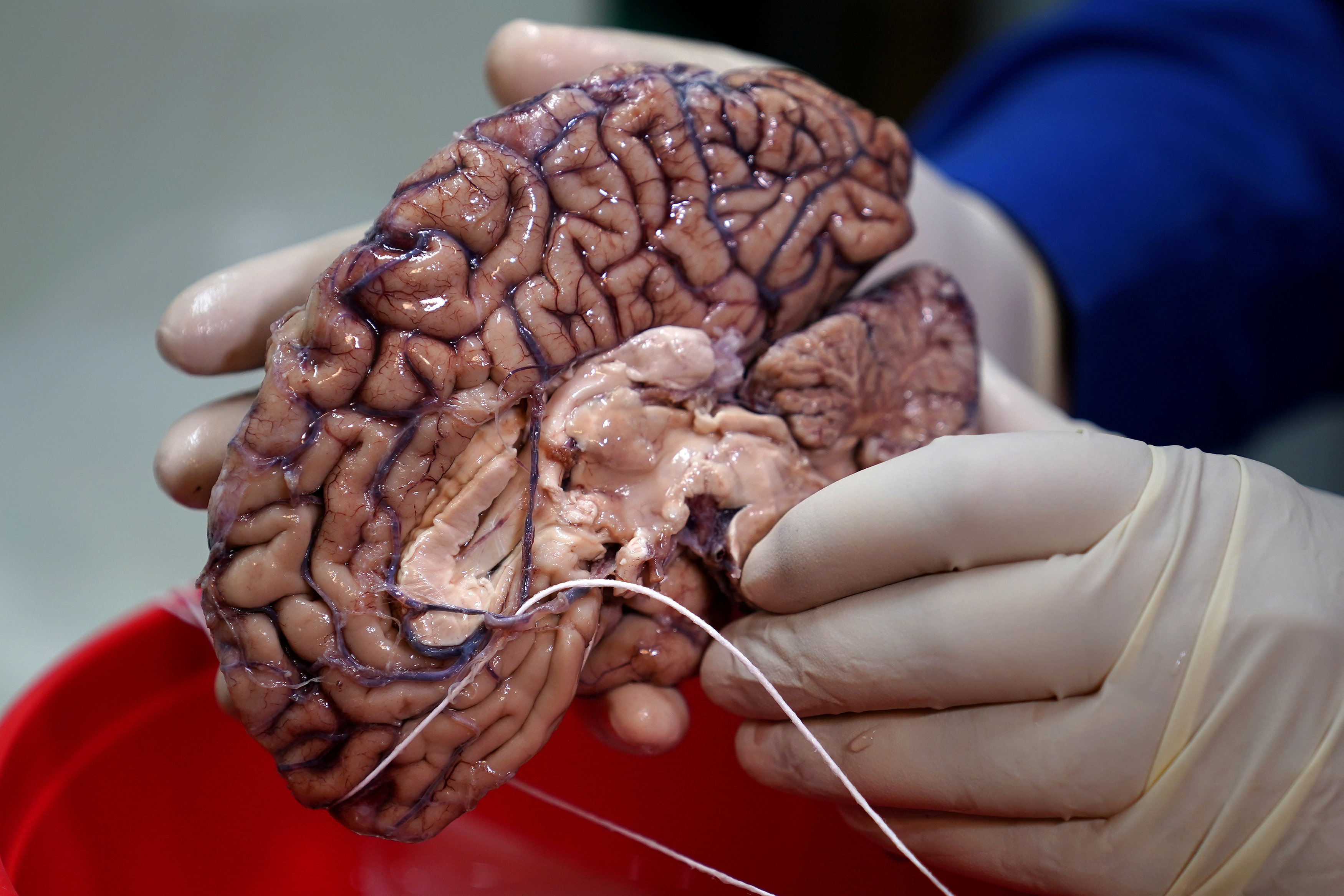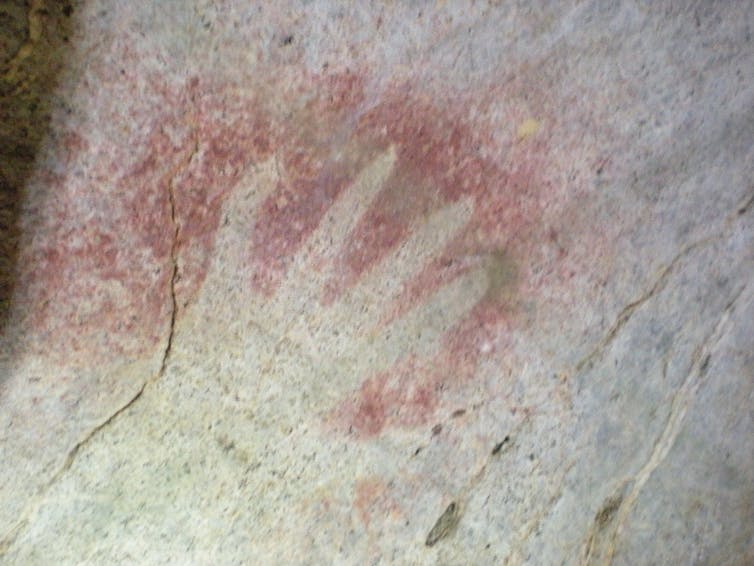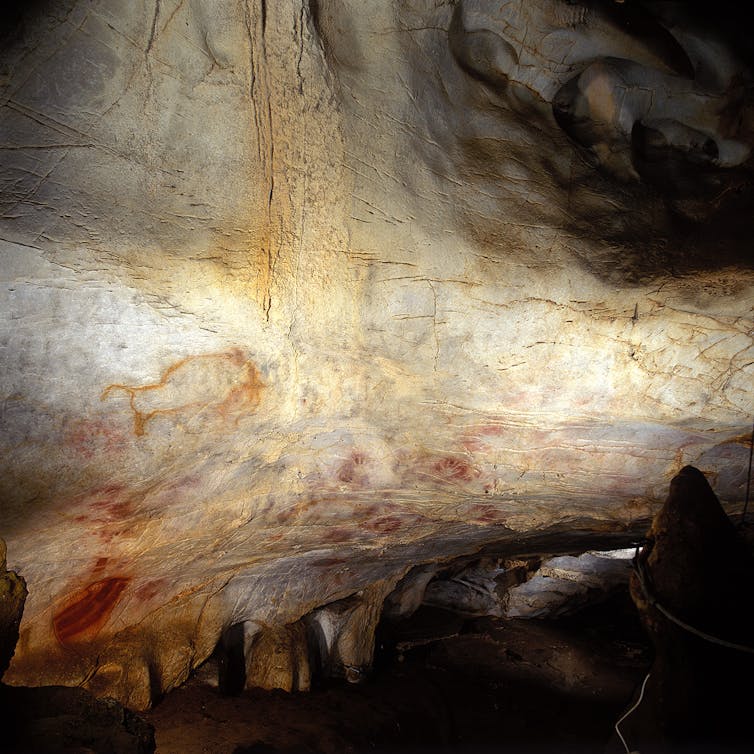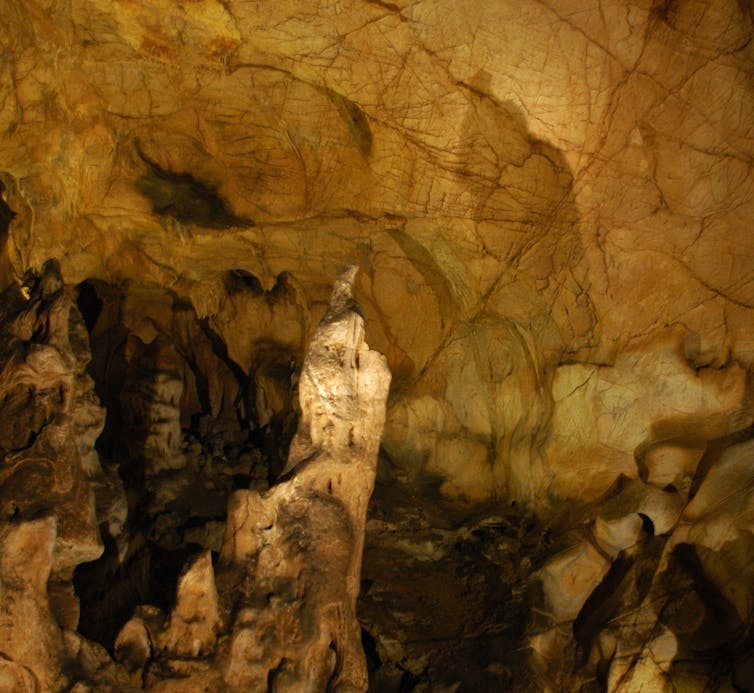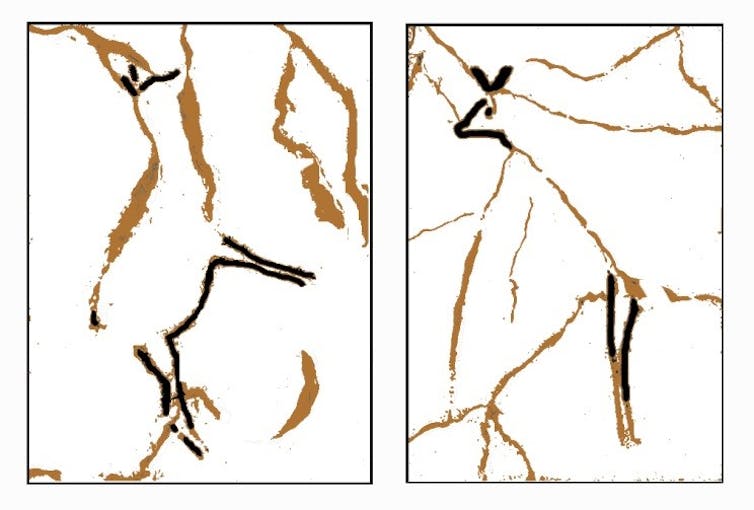Our white blood cells make molecules called antibodies that bind to other molecules called antigens made by bacteria and viruses. Antibody binding aids in destroying the antigen-producing cell, and affords protection against pathogens. An antibody is made up of four protein molecules — two identical molecules of the immunoglobulin heavy chain, and two of the light chain. The IGH gene on our chromosome number 14 codes for the heavy chain protein.
All humans share the same African ancestors. Nevertheless, the predominant IGH gene found in East Asia and Europe, but not elsewhere, originated in the Neanderthals and not in our African ancestors. Who were the Neanderthals? And how did their IGH gene become predominant in East Asians and Europeans?
Researchers from Fudan University and the Chinese Academy of Sciences, Shanghai, China, addressed this question in a paper published on July 17 in the journal Molecular Biology and Evolution. Strikingly, they found that East Asians and Europeans had independently acquired the Neanderthal gene.
Hominins: extant and extinct
Hominins are all the species that emerged in our evolutionary line since it diverged about seven million years ago from the line leading to our closest cousins, the chimpanzees and bonobos. We, Homo sapiens, are the only surviving hominin. Neanderthals and Denisovans also were hominins, but they went extinct about 30,000 years ago.
An early hominin, Homo heidelbergensis, emerged in Africa from the still earlier Homo erectus. About 800 thousand years ago (kya, using kilo for thousand) the H. heidelbergensis population split. One sub-population migrated to Eurasia, became cold-adapted, and evolved into the Neanderthals and Denisovans. The other sub-population stayed in Africa and by 200 kya evolved into modern humans. For at least 20,000 generations humans did not exchange genes with either the Neanderthals and Denisovans. Denisovans diverged from Neanderthals about 640 kya.
Between 120 and 80 kya, humans migrated out of Africa into Eurasia, and came into contact with their Neanderthal and Denisovan cousins. DNA from skeletal remains dating to after the contact revealed that humans interbred with Neanderthals and Denisovans.
For comparison, the Mesopotamian civilization (‘beginning of history’) is less than 6 kya.
Genes and genomes
A DNA molecule is like a ladder with side rails made of a long series of alternating units of phosphate and deoxyribose (a sugar). Each sugar unit is chemically linked to one of four chemical bases — adenine (A), cytosine (C), guanine (G), and thymidine (T). Hydrogen bonds between the As and Cs on one side rail with the Ts and Gs on the other make the rungs. The A-T and G-C base-pairs hold the two DNA strands together.
A gene is a stretch of a few thousand base-pairs (kb). The sequence of bases on one strand specifies the sequence of amino acids in the protein encoded by the gene. A mutation is a change in the DNA sequence.
Our genome contains 23 DNA molecules which together have 3.2 billion base-pairs, and encode 22,000 genes. Each DNA molecule is the backbone of one of our 23 chromosomes. Every individual has two sets of the genome (46 chromosomes), one set inherited from the father and the other from the mother.
Neanderthal and Denisovan signatures
Experts can distinguish skeletal remains of Neanderthals from those of modern humans. They differ in the shape of the skull, inner ear bones (ossicles), and pelvis width.
DNA from Neanderthal bones shared 99.7 % identity with our DNA. This meant there were about 9.6 million base-pair differences across the 23 DNA molecules. Each lineage had accumulated its own suite of mutations following the split. For comparison, humans and chimps share 98.8%, and any two humans share 99.9%.
In 2010, DNA was sequenced from a finger bone found in the Denisova cave in the Altai Mountains of Siberia. It revealed a genome that differed equally from Neanderthal and human, and identified a new hominin, the Denisovan. Subsequently, DNA from other remains recovered from Russia, China (Tibet), and Laos were found to be Denisovan.
Also read: It Is Not Just Size That Separates the Human Brain From Other Living Primates
For two genomes differing in 3/1000 base-pairs, the alternative base-pairs can be used to define characteristic ‘haplotypes’. The haplotype present in a sufficiently long sequence can tell us whether the sequence is from a human, Neanderthal, or Denisovan.
The IGH gene of East Asians and Europeans came from Neanderthals
Present day humans whose ancestors migrated out of Africa contain haplotypes with close matches to Neanderthal or Denisovan haplotypes in 2-5 % of their genome. These genome segments have persisted since the time the ancestors interbred with Neanderthals and Denisovans in Eurasia.
Hundreds of non-African genomes were searched to determine whether a Neanderthal- or Denisovan-derived genome segment had attained a high frequency in any present-day population. A Neanderthal-derived 200 kb chromosome 14 segment, that included IGH, was predominant in East Asian and Europeans, but not in others.
The Neanderthal-derived haplotype found in East Asians, however, was slightly different from that found in Europeans. This implied that the ancestors of East Asians and Europeans independently interbred with Neanderthal populations bearing different IGH-linked haplotypes.
The Neanderthal IGH genes might have conferred better resistance to a geographically-restricted pathogen, resulting in their high frequencies today in East Asian and Europeans. Recall that Neanderthals resided for 700 ky in these geographies before our forebears arrived, and hence likely evolved better pathogen resistance.
Why is so little left of the Neanderthal/Denisovan contribution?
Given this success story, why have non-Africans retained so little of the Neanderthal or Denisovan genome contributions?
Consider two genes a and b that interacted in Homo heidelbergensis, and following the split, mutated into variants aA and bA in Africans, and aE and bE in Eurasians. Selection before contact ensured function was retained in the aA / bA and aE / bE pairs but not in aA / bE (and aE / bA). Consequently, hybrid progeny are weaker than non-hybrids, resulting in a gradual purging of aE and bE types. IGHE was an exception.
The exceptional occurring twice illustrates the power of pathogens in shaping our genomes.
Durgadas P Kasbekar is a retired scientist.








